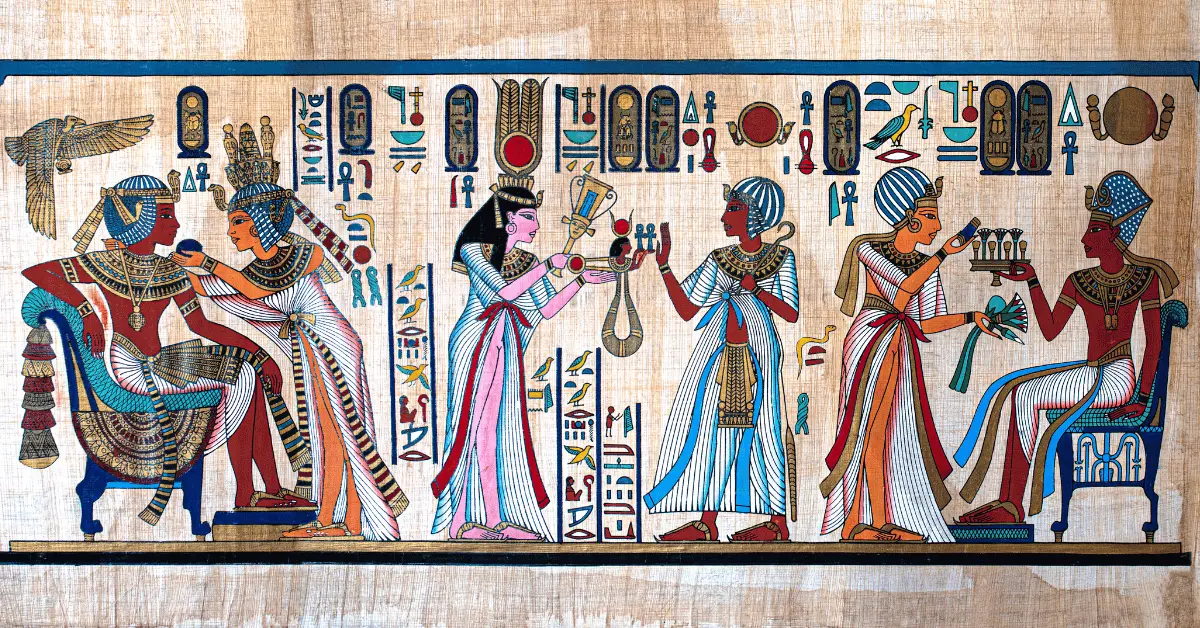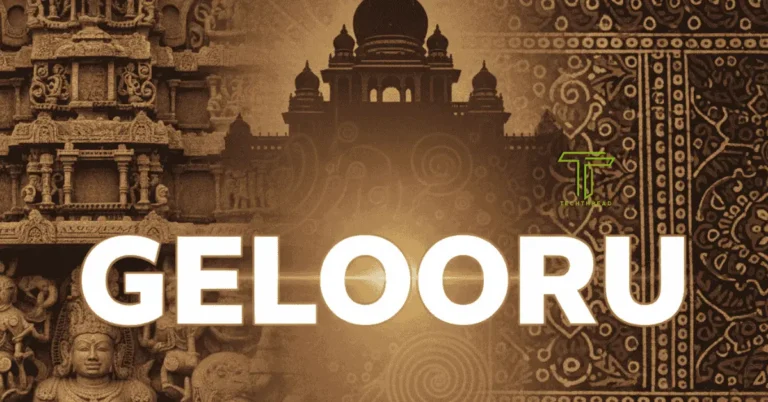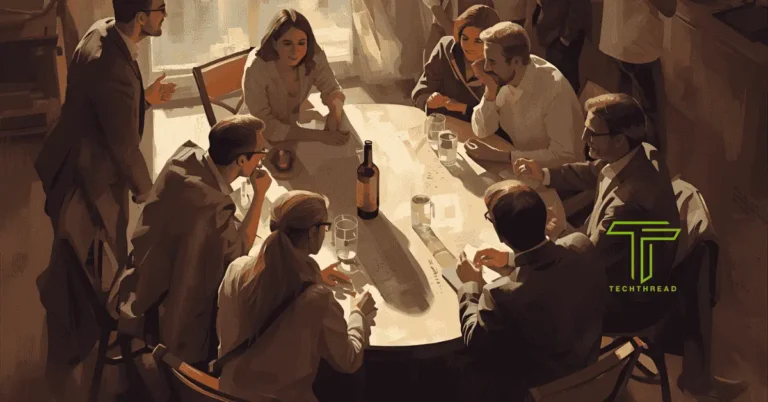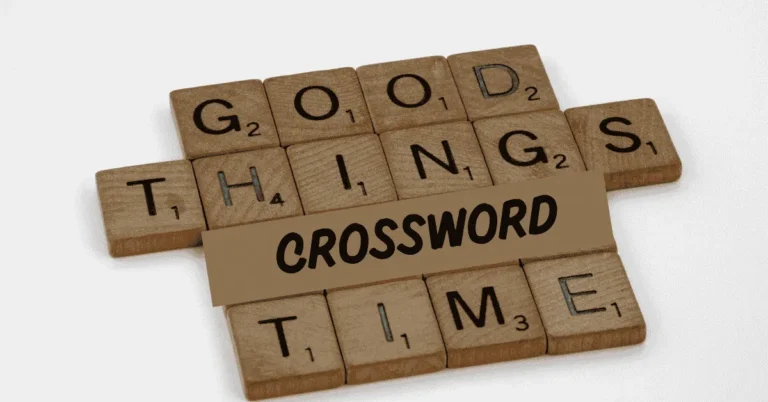Ancient Artz: Exploring Timeless Masterpieces of the Past
Ancient Art has always been an essential part of human civilization, playing a vital role in shaping cultures, reflecting beliefs, and preserving the history of societies throughout the ages. From the earliest cave paintings to the grandeur of monumental architecture, ancient art offers profound insights into the ways early civilizations viewed themselves and their world.
It offers us a glimpse into the minds of people from distant eras and allows us to understand their social structures, values, and technological achievements. Despite the passage of millennia, the impact of these ancient artistic expressions continues to resonate in the creative fields today, influencing everything from visual arts to architecture, sculpture, and beyond.
In this blog, we explore the evolution of ancient art, highlighting key artistic forms such as cave paintings, pottery, sculpture, and monumental architecture. We will delve into how these artistic endeavors have influenced modern-day creativity, preserving cultural identities and showcasing the enduring relevance of ancient craftsmanship.
Also Read: How to Keep the Puzzle Fresh and Avoid a “Bad Wordle to Spoil”
Table of Contents
The Origins of Visual Storytelling: The Legacy of Cave Paintings
Cave paintings stand as one of the earliest and most profound expressions of human creativity, dating back over 40,000 years. These artworks, found in locations such as the Lascaux caves in France, Altamira in Spain, and Chauvet Cave, also in France, provide some of the earliest known evidence of humans using visual forms to communicate. The paintings typically depict animals, human figures, and abstract symbols, offering valuable insight into the lives and beliefs of our ancient ancestors.
Why Did Early Humans Create Cave Paintings?
Communication
One of the primary purposes of cave paintings was likely to communicate ideas, stories, and messages. Early humans did not have written languages, and visual art served as an alternative means of storytelling. These paintings helped record the world around them, including their experiences with hunting, daily life, and the environment.
Religious and Spiritual Significance
Many researchers believe cave paintings held spiritual or religious significance. Some suggest that these images were created during rituals to invoke the help of spirits in hunting or to ensure a successful hunt. It’s also possible that these works were tied to early beliefs about the forces of nature and the world beyond the physical realm.
Recording Daily Life
Cave paintings were also a form of documentation. Scenes depicting the animals that were hunted, the tools used, and even early attempts to represent human figures provide a fascinating look at the daily lives and survival strategies of prehistoric people.
Techniques and Materials Used in Cave Art
The materials used by ancient artists in cave painting were sourced from their natural environment. Charcoal, ochre, and other minerals were ground into powder and mixed with animal fats, water, or even saliva to create vibrant pigments. These natural pigments were applied with tools such as fingers, brushes made from animal hair, or hollowed-out bones for spraying pigments in a fine mist, a technique that has drawn parallels to modern-day spray painting.
The Influence of Cave Art on Modern Creative Expression
The impact of cave paintings on modern art is profound. Cave paintings are among the first known examples of visual storytelling, a technique that is still central to contemporary media such as films, comics, graphic novels, and digital art. The emotive power of these early works—often raw and unrefined—continues to inspire contemporary artists.
Moreover, the focus on symbolism, abstraction, and the depiction of human experience in these ancient artworks laid the groundwork for artistic movements throughout history, including modernism and abstraction.
The Craft of Pottery: Art Beyond Utility
Ancient Art pottery was far more than just a functional object—it was also a canvas for intricate artwork, often reflecting the values, beliefs, and technological advancements of its creators. Civilizations such as Mesopotamia, Egypt, Greece, and China produced pottery that ranged from simple utilitarian vessels to highly decorative works used in religious rituals or as symbols of status.
Types of Ancient Pottery
Functional Pottery
Everyday pottery included storage jars, cooking pots, and drinking vessels. These pieces were essential for daily life, yet even the most basic items often featured artistic flourishes such as geometric patterns or symbolic motifs.
Ceremonial Pottery
This type of pottery was typically used in religious ceremonies or important rituals. Often more elaborate than functional pottery, it featured complex imagery and designs, such as depictions of gods, mythological creatures, and sacred symbols.
Luxury Pottery
Crafted from fine materials, these exquisite pieces were made for the elite. They were often highly decorated and served as symbols of wealth and social status.
Notable Pottery Traditions
Greek Pottery
The Ancient Art Greeks developed two prominent styles—red-figure and black-figure techniques—which depicted a variety of scenes, including daily life, athletic competitions, and mythological tales. The artistry displayed on these vessels remains iconic, showcasing both the technical skill and cultural significance of pottery in ancient Greece.
Chinese Porcelain
Chinese porcelain, known for its delicate beauty and durability, became one of the world’s most revered art forms. The fine craftsmanship and intricate designs, often featuring floral patterns or depictions of animals, made these pieces highly sought after and emblematic of Chinese culture.
Mesoamerican Pottery
The civilizations of Ancient Art Mesoamerica, such as the Olmecs, Maya, and Aztecs, produced pottery with symbolic imagery, often depicting gods, rulers, and animals. These works were both functional and ceremonial, used in rituals, offerings, and as grave goods for the elite.
Influence on Modern Pottery and Ceramics
Today, many ceramic artists continue to draw inspiration from ancient pottery techniques. Contemporary pottery often incorporates traditional designs and materials, merging old-world craftsmanship with modern innovation. The enduring legacy of ancient pottery is evident in everything from art exhibitions to daily-use ceramics.
Sculptural Art: Capturing Humanity and Spirit in Stone
Sculpture was one of the most enduring forms of artistic expression in the ancient world. From the monumental statues of Egypt to the intricate works of Greek sculptors, early cultures used sculpture to capture both the physical and spiritual essence of humanity.
Materials and Techniques in Ancient Sculpture
Stone Sculptures
Many Ancient Art civilizations used stone as their primary medium for creating statues. The Egyptians, for example, are known for their massive stone statues of pharaohs and gods, carved from materials such as limestone, sandstone, and granite. Similarly, the ancient Greeks produced marble statues that showcased idealized human forms.
Bronze Casting
The Chinese and Mesopotamians mastered the art of bronze casting, creating detailed, durable statues, many of which depicted rulers, gods, and warriors.
Wood and Clay Sculptures
In Africa and Mesoamerica, sculptors often worked with wood and clay to create highly stylized representations of gods, spirits, and ancestors.
Famous Sculptures from Antiquity
The Great Sphinx of Giza (Egypt)
This colossal limestone statue, believed to represent the Pharaoh Khafre, stands as one of the most iconic and enduring symbols of ancient Egypt. Its mysterious gaze and grand scale continue to capture the imagination of visitors and artists alike.
Venus de Milo (Greece)
A symbol of classical beauty, this marble statue of the goddess Aphrodite is a masterpiece of Hellenistic art. Its elegant proportions and serene expression have influenced sculptural techniques and ideals of beauty throughout Western art history.
Olmec Colossal Heads (Mesoamerica)
The Olmecs, one of the earliest Mesoamerican cultures, created massive stone heads that are thought to represent rulers. These sculptures, often over 10 feet tall, are characterized by their distinctive facial features and imposing presence.
The Continuing Influence of Sculpture
Sculpture remains a powerful form of artistic expression today. Modern sculptors often draw upon the techniques and themes of ancient sculpture, while adapting them to contemporary subjects and styles. The focus on form, movement, and the human figure that originated in ancient cultures continues to inspire sculptors across the world.
Monumental Architecture: The Art of Building for Eternity
Ancient Art architecture was not only about functionality; it was also a form of artistic expression. The great monuments of antiquity—such as the Pyramids of Giza, the Parthenon, and the Great Wall of China—represent not just architectural feats but also profound cultural and spiritual achievements.
Iconic Ancient Architecture
The Pyramids of Giza (Egypt)
These massive tombs were constructed with incredible precision, showcasing the Egyptians’ advanced understanding of engineering and geometry. The pyramids remain one of the Seven Wonders of the Ancient World and continue to awe modern-day visitors.
The Parthenon (Greece)
A symbol of the power and glory of Ancient Art Athens, the Parthenon is a masterpiece of classical Greek architecture. Its elegant columns and perfect proportions have influenced Western architectural design for centuries.
The Great Wall of China
This architectural marvel served both as a defensive fortification and a symbol of Chinese ingenuity. Stretching over 13,000 miles, it represents the long history of China’s imperial power and the strength of its people.
Machu Picchu (Peru)
The Inca civilization’s most famous site, Machu Picchu, is a testament to their advanced understanding of architecture and engineering. Built high in the Andes, it is renowned for its stone structures, which blend harmoniously with the surrounding natural landscape.
Influence of Ancient Architecture on Modern Design
Modern architecture continues to incorporate elements from ancient structures, including symmetry, balance, and the use of durable materials. Ancient architectural principles continue to inspire contemporary designers and architects, who seek to create spaces that are both functional and aesthetically pleasing.
Safeguarding Ancient Art: Preserving the Past for the Future
While the beauty and significance of ancient art remain undiminished, many of these works face threats such as environmental degradation, looting, and neglect. It is crucial to preserve these masterpieces to ensure that future generations can appreciate their cultural and historical value.
Efforts to Protect Ancient Art
UNESCO Heritage Sites
International organizations like UNESCO have worked tirelessly to designate and protect important cultural and historical sites around the world. These efforts help preserve iconic landmarks and protect them from threats such as natural disasters, war, and exploitation.
Museum Conservation
Many Ancient Art artifacts are kept in museums, where they are restored and preserved through scientific methods. Conservation efforts ensure the longevity of fragile materials like parchment, frescoes, and textiles.
Technological Advances in Preservation
New technologies, such as 3D scanning and digital archives, have revolutionized the field of preservation. These tools enable us to create digital replicas of ancient art, ensuring that even if the physical works are damaged or lost, their cultural significance is not forgotten.
Conclusion
The art of ancient civilizations is much more than a relic of the past—it is a living legacy that continues to shape modern creativity, cultural identity, and artistic expression. By studying, appreciating, and preserving these ancient masterpieces, we honor the ingenuity and vision of our ancestors, while also ensuring that the lessons of history are passed down to future generations. The enduring influence of ancient art is a testament to the timeless power of creativity and its ability to connect humanity across time and space.
Frequently Asked Questions (FAQ) about Ancient Art
1. What is the significance of cave paintings in ancient art?
Cave paintings are some of the earliest forms of human art, offering insight into early communication, religious beliefs, and daily life. They also laid the foundation for visual storytelling in modern art.
2. Why did ancient civilizations create art?
Ancient civilizations created art to express beliefs, commemorate events, represent social hierarchies, and preserve cultural identity through symbolic and practical forms.
3. How did ancient pottery influence modern ceramics?
Ancient pottery techniques, such as glazing and firing, still influence modern ceramics. Many contemporary artists draw inspiration from ancient designs and craftsmanship.
4. What are some famous ancient sculptures and what do they represent?
Famous sculptures like the Great Sphinx (Egypt), Venus de Milo (Greece), and Olmec Colossal Heads (Mesoamerica) represent rulers, deities, and cultural ideals, reflecting power and beauty.
5. What is the connection between ancient architecture and modern buildings?
Ancient architecture, like the Parthenon and the Pyramids, influenced modern design with principles like symmetry, balance, and the use of durable materials in contemporary buildings.
6. How is ancient art being preserved today?
Ancient art is preserved through conservation efforts in museums, UNESCO protection programs, and modern technology like 3D scanning and digital archives.







